China has numerous reasons for hating the combustion engine, and a huge incentive to hasten its demise. They are dirty, accounting for what the government says is about 30 per cent of the country's choking air pollution; contribute massively to its oil imports, which Beijing sees as a major strategic vulnerability; and highlight a shortcoming that has been a chronic flaw in the domestic car industry — China is bad at manufacturing them.
Last month Beijing gave the global movement to eradicate the combustion engine a sizeable boost. Alongside a number of European countries that have proposed bans on traditional fuel vehicles to be brought in between 2025 and 2040, Beijing has said it is studying the timing of a similar move against petrol and diesel cars.
Welcomed by environmentalists, the move also plays into the vision of state planners who see the electric vehicle market as an industry it can compete in, or even dominate globally.
Essential stories related to this article
Thursday, 12 October, 2017
Thursday, 12 October, 2017
Sunday, 10 September, 2017
The government reinforced its position in September when it announced a system of steadily increasing quotas that will reward carmakers for producing ever more battery-powered vehicles starting in 2019, while forcing them to buy EV "credits" from other producers for every conventional car they make.
As the world's largest and most profitable auto market, China has huge leverage over the industry and is not afraid to use it. It boasts a central planning mechanism designed to subordinate all other considerations — like profitability and consumer tastes — to government fiat. It has poured billions of dollars into subsidies and state investment in the sector.
Those interventions mean China is already the world's largest maker of electric vehicles. Last year it sold 507,000, including buses and commercial vehicles, according to the China Association of Automobile Manufacturers, around 45 per cent of the world's total. Yet Beijing has set a target to manufacture 7m battery cars and hybrid vehicles by 2025.
"They can order charging stations set up all over China, dictate driving and licence plate restrictions in major cities," says one western car industry executive in Beijing adding that these are measures western governments would be hard pressed to emulate.
Picking winning industries has been a tried and tested strategy for rising Asian economies since the 1960s, and China's efforts to jump ahead in electric vehicles resonate with the policy successes of Japan and South Korea. Electric vehicles are just one plank of Beijing's ambitious policy known as "Made In China 2025", which seeks to transform the country from a low-cost manufacturer to a high-tech power dominant in 10 advanced industries by the middle of the next decade — including robotics, semiconductors, and electric vehicles.
A sign directs traffic to a public electric vehicle charging station in Beijing. China has set a target to manufacture 7m battery cars and hybrids by 2025 © Bloomberg
If the environmental and economic motivations are clear, Beijing also sees a competitive edge to exploit: while it has long lagged behind in the technology of combustion engines, it boasts two of the top-five lithium battery makers in the world, CATL and BYD.
"If the engine and power train of the car is replaced with a simple battery, the global car majors could lose control of car [production]," says Yale Zhang of Automotive Foresight, a Shanghai consultancy. "It becomes a bunch of parts that can be sourced from anyone."
Cars could, in short, follow smartphones and computers in becoming an industry driven by commodified hardware, much of which is now mass produced in southern China. At the moment foreign rivals have a lock on technology for hybrids and combustion engine power trains, but many Chinese companies have an edge in patents for battery-powered technology. Goldman Sachs estimates that by 2030 China will account for 60 per cent of sales of all new energy vehicles (NEVs) in the world.
"They want to create an industry which meets their national security needs [by reducing oil imports]," says the car industry executive, "and which they can dominate".
A pedestrian covers up against pollution in Beijing. China says combustion engine vehicles account for about 30 per cent of the country's air pollution © Bloomberg
Its recent record of centrally planned innovation has been mixed, however, with projects often inspired more by political necessities than economic demand. Investments in high-speed rail have been largely successful, if costly, while an effort to build traffic-straddling electric buses failed spectacularly this year after accusations of fraud that saw 32 people detained.
Many of Beijing's efforts at directing the market have resulted in overcapacity, as entrepreneurs pile in to chase government subsides. That has caused worldwide gluts in everything from steel to solar panels. Some fear electric vehicles may be next: more than 200 companies have, in recent years, announced plans to manufacture them. Yet questions remain over how long it will take — and how much will have to be spent — before the industry is viable.
It means that, for now, the market for battery-powered cars and hybrids in China is stubbornly reliant on subsidies to stay competitive. When these subsidies were lowered by 20 per cent in January, demand plummeted. Sales of the BYD E6, the Shenzhen-based group's best-performing electric model in 2016, fell 62 per cent in the first six months of 2017 compared with the same period a year earlier. Overall, BYD sales of battery cars and hybrids fell 20 per cent between January and June, in the wake of the subsidy cut.
"The NEVs still cannot compete with combustion engines if we do not factor in favourable policies or subsidies," Feng Xingya, vice-chairman of Guangzhou Automobile Group, told a car forum in Chongqing in June.
Michael Pettis, professor at Peking University's Guanghua School of Management, says: "China has a pretty bad record of losing money on projects that are ultimately not sustainable." Instead the innovation success stories, he says, have come in the private sector. Internet retail and social networking by the likes of Alibaba and Tencent "were things that happened behind people's backs", effectively out of the view of the state, he adds.
Total state investment, including subsidies, in the sector is huge. Beijing expects spending to top Rmb400bn ($60.7bn) — roughly the gross domestic product of Uzbekistan — between 2015 and 2020 on new energy vehicle subsidies, from both central and regional government, which will then be phased out by 2021. This translates to about Rmb100,000 ($15,000) per vehicle sold last year.
The role of the state is even more pronounced when it comes to the national grid's Rmb25bn investment in a network of charging stations. There are already 171,000 nationwide, according to Xinhua, China's official news agency, but that number is expected to increase dramatically over the next three years amid complaints that it is still difficult to find a charging station. In the US there are just 44,000 charging outlets and 16,000 electric stations, according to the US energy department.
However, the push for electric cars is likely to test the limits of what China's central planning apparatus can do, with battery technology said to still lag behind the ambitions of state planners. Experts say the batteries are too heavy and too expensive, meaning that vehicles will be unappealing to consumers without continued subsidies.
A vehicle sits in a testing lab at the BYD headquarters in Shenzhen. The Chinese company is also one of the top-five lithium battery makers in the world © Bloomberg
Mr Zhang says the power density of existing batteries is about half of what it needs to be to sustain ranges of 400km, which is what many consumers want. But counting on battery technology to edge ahead of petrol, which is itself becoming more efficient, depends on several variables.
"Without a breakthrough in technology it's hard to see how NEVs will really be popular. The problem is there is no Moore's law for batteries," he says, referring to the exponential growth of the power of computer processors.
Mary Barra, GM chief executive, last month called for less state diktat and more attention to market forces in determining China's electric vehicle policy. Speaking in Shanghai, she said: "I think it works best when, instead of mandating, customers are choosing the technology that meets their needs."
Many economists and industry heads are counselling China to wait until the market and battery technology catch up with their ambitions, but Beijing's policymakers insist that a generous helping of state intervention in the market is what is needed as a catalyst to make the industry sustainable in the first place.
Under the scheme the carmakers will earn credits for every electric or hybrid vehicle produced, and will be charged credits for every traditional fuel car they make. Rushing to comply with the plan, VW, GM, Ford and others have this year announced joint ventures, mainly with smaller Chinese counterparts.
One expert says the cars they are producing are mainly very small and low quality, aiming to simply meet quotas. "It's a very short-term approach — they want to get the credit first, to help them to financially maximise their benefit through the policy," says Xu Qian of the Shanghai office of AlixPartners, the US management consultancy.
One industry lobbyist in Beijing says the quota scheme is a way to transfer the burden of subsidies to the private sector to replace those phased out by the state.
An employee works on an electric car at the Beijing Electric Vehicle company © Reuters
The biggest obstacle seems to be a new factor in state planners' calculations: consumers who seem to be in no rush to follow the government's lead.
Jochem Heizmann, VW China's chief executive, said in April that selling large volumes of EVs would not be easy, but manageable, adding that selling to car-sharing and ride-hailing fleets would be a large part of the business. "It's one thing to design and produce this offer," he said, "the other thing is that customers have to buy."
While China offers the most generous purchase incentives of any country aside from Norway, this has not translated into mass adoption. In the Scandinavian country hybrids were 24 per cent and electric vehicles 15 per cent of new purchases in 2016. Meanwhile in China last year they made up just 1.32 per cent. In many places combustion engines have made a stealthy comeback, says Jeff Cai of JD Power, which publishes consumer data for the auto industry. Drivers are finding that pure battery cars are small and cramped, and are heading either back to combustion engines, or to plug-in hybrids he said.
Seven out of 10 EVs and hybrids are sold in just six Chinese cities, which restrict licence plates for combustion engines, according to Fitch Ratings. In Beijing, licences for combustion engine vehicles are available only by lottery while in Shanghai they can cost up to Rmb80,000 and have long waiting times. Mr Xu says NEVs are mainly bought by people who want a licence plate rather than an electric vehicle.
In the heyday of central planning, China's government had a freer hand to ignore what consumers wanted to buy, and what manufacturers wanted to make. Today things are different. A new middle class wants a roomier, more comfortable ride. The reality is that unless, or until, Chinese customers want to drive them, the market for new energy vehicles may never take off.
Additional reporting by Sherry Fei Ju in Beijing and Richard Milne in Oslo
The environmental case for new energy vehicles is not straightforward. Compared with petrol and diesel, making battery-powered cars and powering them with coal-fired electricity can be just as big a pollution problem, if not bigger — it just depends how it is calculated.
With around 75 per cent of China's electricity produced by coal and battery production very energy intensive, the production of NEVs in China actually create 50 per cent more greenhouse gas emissions than that of internal combustion engine cars, according to a May article in Applied Energy by five Tsinghua University scientists.
However, according to a study by MIT from 2007, comparing pollution from smokestacks and that from exhaust pipes is not clear cut, because cars emit fumes where people live and work. One tonne of dangerous (PM2.5) particle emissions from cars is about 11 times as harmful as one tonne from power plant stacks, in terms of total population exposure and health impacts, according to the MIT study.
Taking into account the battery production process and coal-fired electric power, Lauri Myllyvirta of Greenpeace in Beijing, says NEVs may well pollute more than combustion engine vehicles in China, as both CO2 emissions and PM2.5 levels per kilometre driven are similar.
But Mr Myllyvirta says this will change — 75 per cent of China's electric power is coal generated, but that could fall to less than 50 per cent by 2030. He adds that it will also be easier to regulate emissions at power plants and make them cleaner; emissions from electric power generation are expected to fall by a third by 2030 because of the changing fuel mix. This does not include improved emissions controls at power plants, which are expected to cut pollution rates by more than half in the same timeframe.
This article has been amended to reflect that it is the production of NEVs in China that produces more emissions
Source:
Electric cars: China's highly charged power play
 Matthew DeBord/BI
Matthew DeBord/BI Courtesy of: Visual Capitalist Nickel's vital role
Courtesy of: Visual Capitalist Nickel's vital role  The company's founders have an ambitious target of installing 5,000 charging stations over the next 3-5 years that will reduce carbon emissions by 6 lakh metric tonne per year, and create thousands of jobs at charging stations.EVI Technologies, a startup company, is planning to launch its electric vehicle charger next month. The charger will be sold to franchisees through its trade partners and is expected to generate a revenue and royalty of Rs 100 crore by 2020.
The company's founders have an ambitious target of installing 5,000 charging stations over the next 3-5 years that will reduce carbon emissions by 6 lakh metric tonne per year, and create thousands of jobs at charging stations.EVI Technologies, a startup company, is planning to launch its electric vehicle charger next month. The charger will be sold to franchisees through its trade partners and is expected to generate a revenue and royalty of Rs 100 crore by 2020. The charger costs Rs 5.5 lakh and contains a power unit and a control unit, along with cables for attaching it to the power socket.The startup has sold its marketing rights to its trade partner for commercializing the charger in 6 states spawning Delhi, UP, Chhattisgarh, Jharkhand, Uttarakhand and Bihar.
The charger costs Rs 5.5 lakh and contains a power unit and a control unit, along with cables for attaching it to the power socket.The startup has sold its marketing rights to its trade partner for commercializing the charger in 6 states spawning Delhi, UP, Chhattisgarh, Jharkhand, Uttarakhand and Bihar.




 Norway so far in 2017 (as of the end of September). That figure represents a roughly 29% year-on-year growth-rate — correlating with sales of 33,900 during the first 9 months of 2016.
Norway so far in 2017 (as of the end of September). That figure represents a roughly 29% year-on-year growth-rate — correlating with sales of 33,900 during the first 9 months of 2016. Notably, September 2017 saw a strong increase in sales. With a total of 6,650 registrations during the month, it set a new all-time monthly record. Overall, Quarter 3 2017 was well above expectations, with a 41% growth rate.
Notably, September 2017 saw a strong increase in sales. With a total of 6,650 registrations during the month, it set a new all-time monthly record. Overall, Quarter 3 2017 was well above expectations, with a 41% growth rate.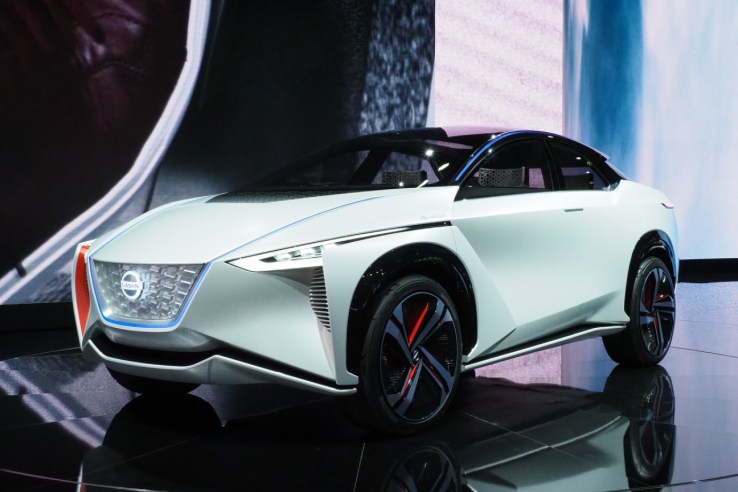
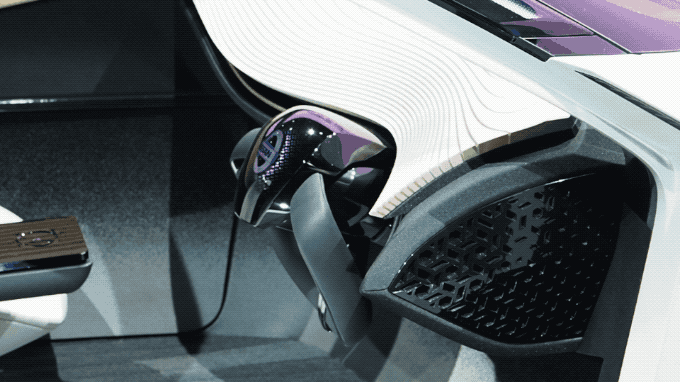
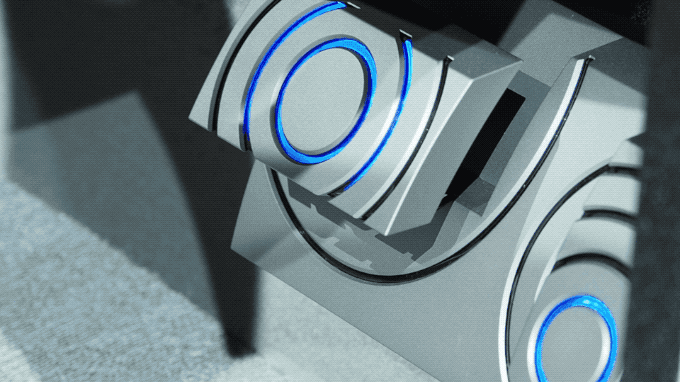



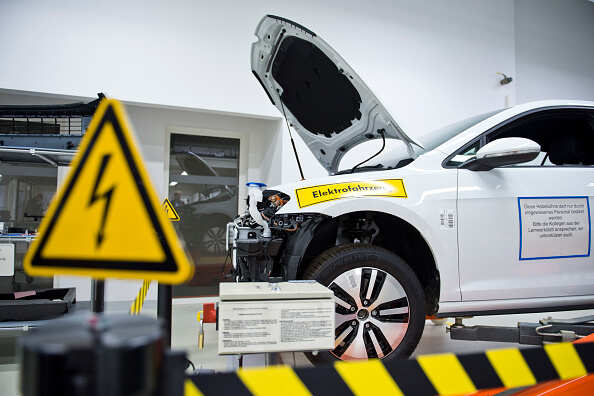 The China Automobile Innovation Centre, an industry think tank, estimates the recycling market could be worth 31 billion yuan ($4.68 billion) by 2023.
The China Automobile Innovation Centre, an industry think tank, estimates the recycling market could be worth 31 billion yuan ($4.68 billion) by 2023. 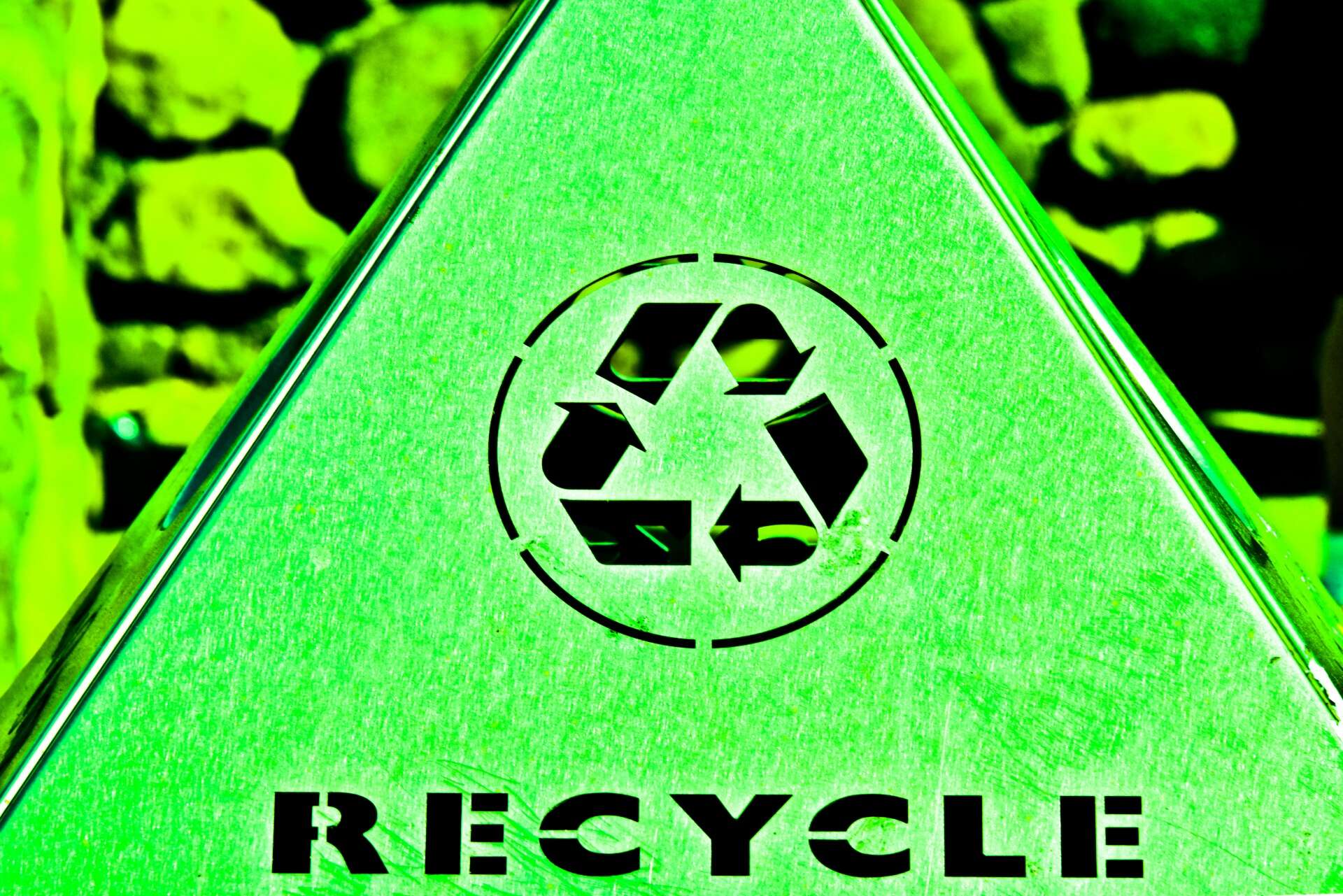 Battery companies have for the moment been bearing much of the cost of recycling.RECYCLING CHALLENGES
Battery companies have for the moment been bearing much of the cost of recycling.RECYCLING CHALLENGES

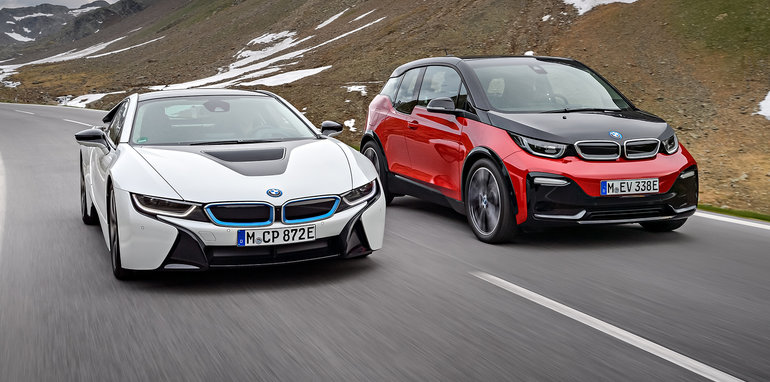

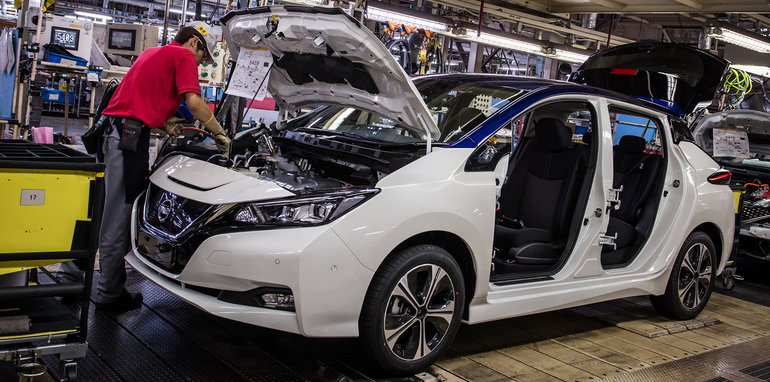



 ABC News: David Spicer
ABC News: David Spicer ABC News: Katrin Long
ABC News: Katrin Long REUTERS/Nir Elias
REUTERS/Nir Elias